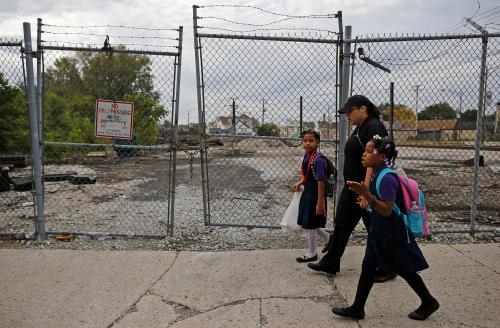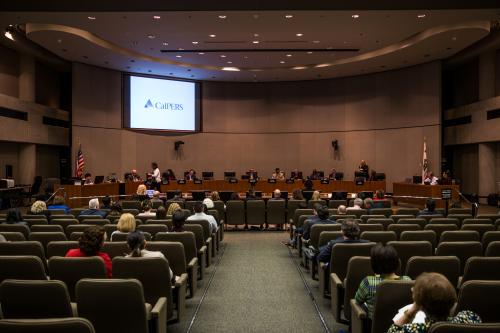The Pension Benefit Guaranty Corporation (PBGC) just announced a deficit of $22 billion as of the government’s fiscal year end in September. This is not as bad as the $33 billion estimate it gave at mid-year, but is much worse than its deficit of $11 billion at the end of last year. Improvements in the economy over the course of the year meant a doubling of the deficit rather than a tripling.
The PBGC is the government body that guarantees that retirees and employees will receive the pensions they have been promised by the companies that sponsor traditional “defined benefit” pension plans. Please see “A Guide to the Pension Benefit Guaranty Corporation,” for more details.
There are three main reasons for the PBGC’s financial troubles. First, it has structural problems with its finances that date back to its inception in 1974. Its premium levels, which are set by legislation, have never been high enough to cover the risks it has faced over the long term, which are themselves largely determined by pension funding rules that are also legislated. This problem has been mitigated over the years by increases in premiums and tighter rules on corporate pension funding, but the deficit continues to get worse. Premium levels are not sufficient to hold the deficit steady; they would have to go up considerably further still to fill in the existing financial hole.
The PBGC is aware of its long-term structural problems and has pushed for years for a solution. In its press release today, Acting Director Vince Snowbarger repeated the message, saying: “[e]xposure to possible future terminations means that we could face much higher deficits in the future. We won’t fail to meet our obligations to retirees, but ultimately we will need a long-term solution to stabilize the pension insurance program.”
Second, the PBGC insures against corporate bankruptcies, so it is no surprise that a period of severe economic distress would cause claims on the PBGC to soar. The problem would have been worse still for the PBGC, by a considerable ways, if the government had not rescued GM and Chrysler. (The state of the economy is not the only explanation, of course, since the PBGC had deficits of $11 billion and up during the bubble period of the mid-2000’s.) In addition to the actual claims hitting the PBGC as a result of this recession, there is also a much higher potential level of claims over the next few years. For example, the PBGC provides an estimate of the pension underfunding at financially weak companies. Last year’s report showed a figure of $47 billion for this exposure. That figure has swollen to $168 billion.
Third, corporate pension funds have about three-fifths of their money invested in the stock market. There is an unfortunate tendency for bankruptcies to occur during periods when the stock market has also been hammered, since both are tied to the overall state of the economy. This gives the PBGC a large, indirect stake in the performance of the stock market, which is one reason why economists with pension expertise virtually unanimously have opposed increases in the PBGC’s holdings of stock in its own portfolio. The stock market declined over the course of the last fiscal year, which directly reduced the value of the PBGC’s stock holdings to a modest extent and raised the likely cost of bankruptcies that resulted in PBGC takeovers of pension funds.
Even more importantly for this fiscal year’s performance, the estimated cost in today’s dollars of paying all future pension claims went up sharply. Pension liabilities are measured by estimating the future pension payments, based on such things as life expectancies, and then calculating the cost in today’s dollars of making those payments. The dramatic reduction in interest rates over the course of the last year makes the cost in today’s dollars significantly higher, since there is less assumed investment income over the years due to the lower interest rates. Thus, the mismatch between the poor performance of the stock market and the large increase in estimates of the pension liability due to declines in interest rates was quite harmful to pension plans and to the PBGC.
The stock market’s performance appears to be the biggest reason why the PBGC’s deficit at the end of the full fiscal year was better than its deficit at mid-year. The stock market has roared back about 60% from its low, which roughly corresponded to the timing of the mid-year estimate. It is a sign of the extent of the problems at corporations, their pension funds, and the PBGC that this sharp rebound did not allow the PBGC to avoid a doubling of its deficit.
In sum, this was a very bad year for the PBGC. But, the results should not be dismissed as simply the sign of another victim of the financial crisis. There are serious structural problems with the PBGC’s finances that will keep it on a long-term downward trend unless corrected. There will be periods when the cancer at its core seems to be in remission, especially during boom periods in the economy and markets, but the inevitable economic declines will show that the problem is still there, getting worse.



Commentary
The PBGC’s $22 Billion Deficit
November 13, 2009